Cover Reveal: Now With Additional Animal Countdowns!
On occasion a publisher will ask me to do a cover reveal of a middle grade novel. They’ll also ask if I’m interested in doing a Q&A with the author and usually I’ll say nope. Not so much. Thanks anyway. But this time around I had an idea.
Today we are premiering the book jacket for C. Alex London’s Great Escape, Book 3 in his middle grade series, “The Wild Ones”. To celebrate its release I asked Alex to rank the wildest members of our local animal kingdom. No small task, but he tackled the project with aplomb.
ADVERTISEMENT
ADVERTISEMENT
Here then, preceding his cover release, are Alex London’s answers. Please note that he went above and beyond the call of duty by including references to loads of other children’s books. I could not help but accompany them with some book jackets for spice.
Take it away, Alex!
Writing about wild animals, even talking ones, forces a writer to dive deep into their world, to try to see how they see, to think how they think, and even maybe eat how they eat.
In writing the cast of wild creatures for The Wild Ones series, I spent a lot of time thinking about the lives of urban wildlife and their perfect character counterparts in literature. I’ve come to some conclusions about the best of the furrier citizens with whom we share our cities and our stories.
Counting Down:
- Mice
They creep into your house, nibble holes in your cereal boxes, and actually spread a lot of diseases. In real life, they’re kind of a nuisance, but who doesn’t cheer for Martin the Warrior in Redwall or lovable Stewart Little, or Despereaux Tilling. Mice are perhaps the most celebrated little heroes in children’s literature, all out of proportion to the real life nuisance they are. While I’d have happily sent Mrs. Frisby a Mother’s Day card, I’d hate to find her droppings pantry.
- Possums
Possums gets a bad rap because of their long hairless tails and creepy phantom faces and the fact that they skulk in the darkest hours of the night. It can seem like the word skulk was invented just for them. Their red eyes and jagged teeth have definitely startled me to screaming on a Brooklyn stoop more than once, but in truth, they’re amazing animals, mostly harmless, and extremely helpful. They eat thousands of deer ticks per season—96% of the ones that land on them—thus slowing the spread of Lyme diseases. We owe possums a debt of gratitude. Holly Goldberg Sloan’s Apple Blossom the Possum is fine love letter to these much maligned marsupials.
- Squirrels
They’re everywhere. They coexist with humans perhaps better than any other creature of the urban wild, although they are a major cause of urban power outages, shutting down airports and neighborhoods and whole power grids national wide with their insatiable need to gnaw. It’s not their fault—they’re adapting to our landscape the best they can. We built on their property after all, and they were here first. Taking out our power lines proves fatal to their bushy tailed culprits, but there is something inspiring in their tenacity. They won’t let us forget we share the city with them, and many a squirrel has given its life to thrusting us back into the wild darkness we knew before we strung those tasty black power lines all over the place. So here’s to Rufe Brush from Mariel of Redwall and here’s to TsTs and Chai from Lynne Rae Perkins’s Nuts to You, brave little squirrel’s who’ll go as far as they must in the pursuit of heroism.
- Rats
On the opposite end of the spectrum from the lovable mice of literature are the rats. From insatiable Templeton in Charlotte’s Web to Botticelli Remorso in the Tale of Despereaux, they are often treated as dirty, dangerous, and grasping characters. Even Nicodemus in Mrs. Frisby and the Rats of NIMH is in a struggle against the rodents’ natural impulse to pilfer. But in reality, rats are intelligent and adaptable. They make loyal pets, and have been at long last exonerated for their role in the Black Death. Turns out it was gerbils spreading it. Researchers have even made a study of rat generosity. A rat in a dual-chambered cage will free another captive rat to share a peanut butter treat, instead of hoarding the peanut butter and leaving the other rat to watch him snack through the bars. Kind, thoughtful, and surprisingly clean? A rat would make a fine friend to all.
- Raccoons
ADVERTISEMENT
ADVERTISEMENT
Trash pandas, as they are lovingly called, are truly the champions of the urban wild. Their nimble fingers can untangle any knot; their agile minds can unravel any problem standing between themselves and a meal, and their habit of washing their food in water is ridiculously adorable. In spite of a fear of rabies, the toxicity of their poop, and a destructive attitude toward all our human comforts, literature has long treated them like the lovable bandits they are. Kathi Appelt’s True Blue Scouts of Sugar Man Swamp gives us Bingo and J’miah out to save their wild realm with all the wits and will they can scrounge; Guardians of the Galaxy has its vicious but lovable anti-hero Rocket, and then there’s Rascal, the raccoon in Sterling North’s 1963 children’s book, Rascal: a Memoir of a Better Era, which became a cartoon in Japan in 1969 and led to the popularity of keeping pet raccoons, which a demand that smugglers were happy to supply. Within a few years, Japan was beset with a massive raccoon infestation and the black eyed vandals are still running amok there to this day. I mean, how many other fictional animals have caused a real-world ecological crisis? That makes raccoons the wildest of all.
Honorable mentions disqualified for a lack of fur: Pigeons, Red Tailed Hawks, Sewer Gators, The Bronx Zoo’s escaped Cobra, who briefly joined twitter and gained 160,000 followers during his weekend of freedom in 2011.
Trash pandas? Deer tick eaters? A Japanese infestation? A big time tip of the hat to Alex for providing new information about animals that I honestly and truly thought I already knew.
And now, the moment you’ve all been waiting for (or that you just skipped to when you opened this post) . . .
The Cover Reveal!!
Description:
“The wild animals of Ankle Snap Alley have been disappearing, and Kit knows exactly why: The People are animal-napping them and taking them to the zoo! Not only that, but they are at the very same zoo where Kit’s mother is being held captive. So Kit decides to round up the Moonlight Brigade and lead the charge to set the Wild Ones free.But this rescue mission might be his most difficult one yet. The Flealess and some of the zoo animals have teamed up against Kit–and the Rat King brings warnings of coming danger! Will Kit be able to set his friends and family free?In the newest installment in the Wild Ones saga, Kit must demonstrate, once and for all, that he has the smarts and the sneakiness to win the day.”
Many thanks to Alex for writing such a crazy good report and thanks too to Lindsay Boggs and the good folks at Penguin Random House for allowing me this reveal.
Filed under: Cover Reveal
About Betsy Bird
Betsy Bird is currently the Collection Development Manager of the Evanston Public Library system and a former Materials Specialist for New York Public Library. She has served on Newbery, written for Horn Book, and has done other lovely little things that she'd love to tell you about but that she's sure you'd find more interesting to hear of in person. Her opinions are her own and do not reflect those of EPL, SLJ, or any of the other acronyms you might be able to name. Follow her on Twitter: @fuseeight.
ADVERTISEMENT
ADVERTISEMENT
SLJ Blog Network
The Moral Dilemma of THE MONSTER AT THE END OF THIS BOOK
K is in Trouble | Review
Fighting Public School Book Bans with the Civil Rights Act
ADVERTISEMENT

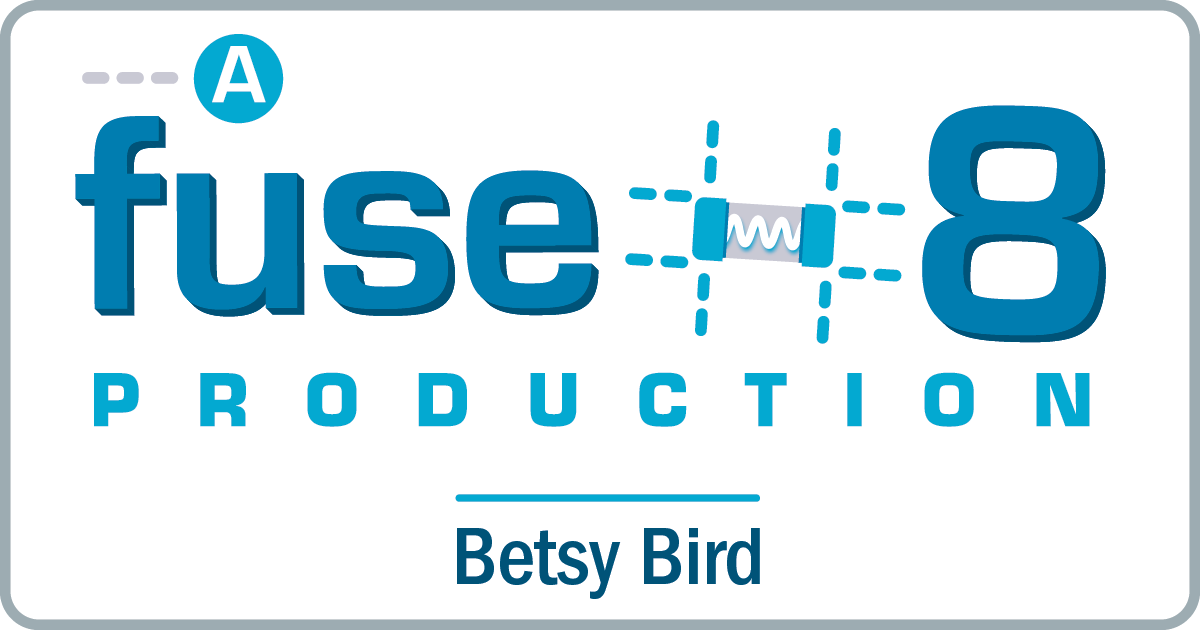







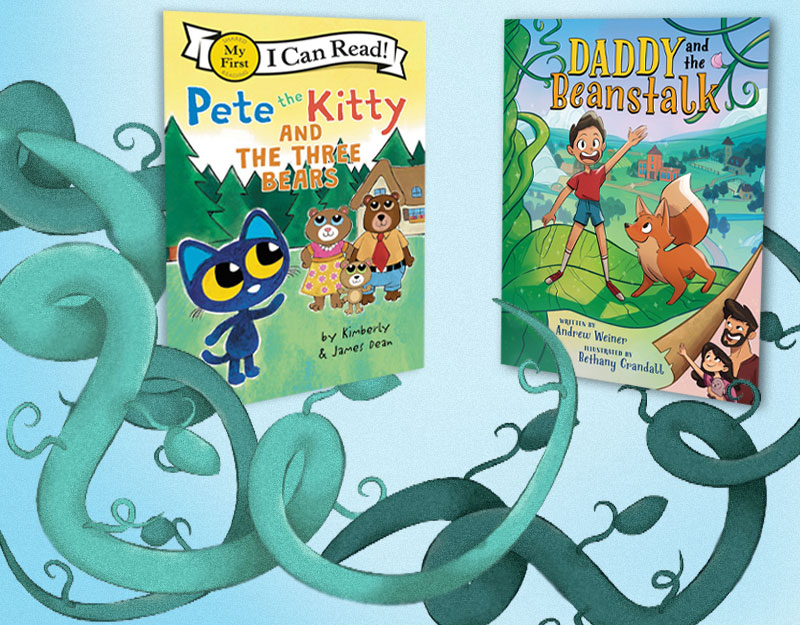
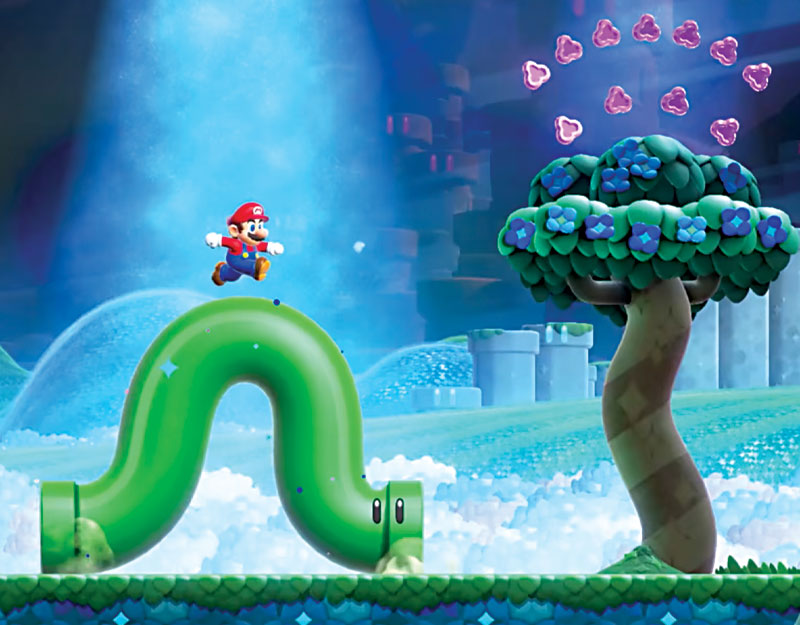
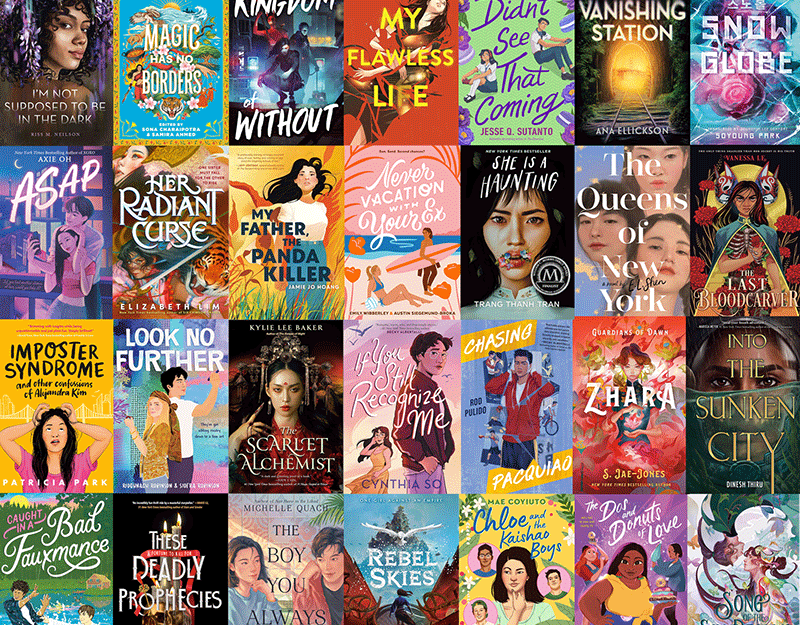

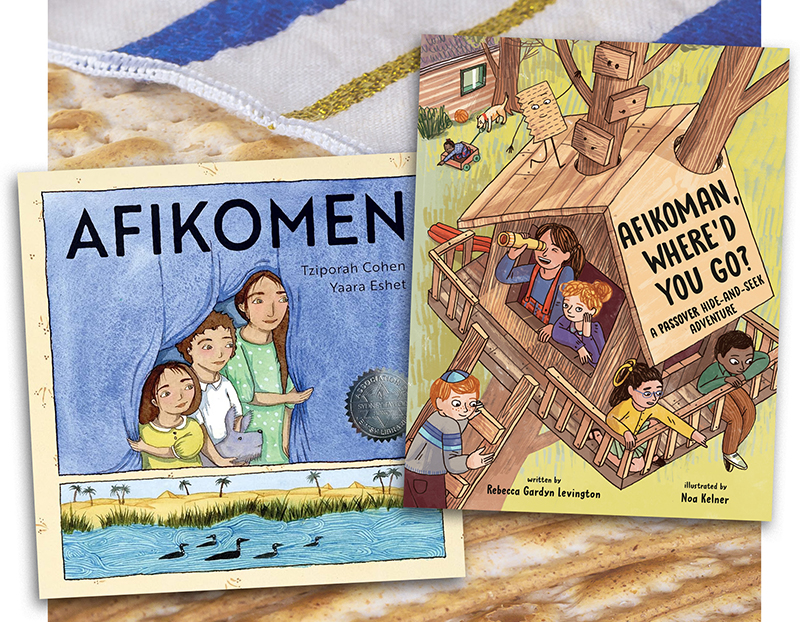
This was extremely informative and enjoyable. Thank you!